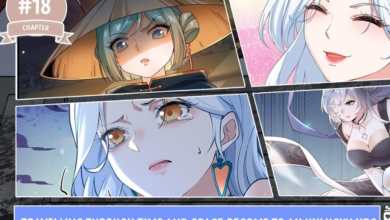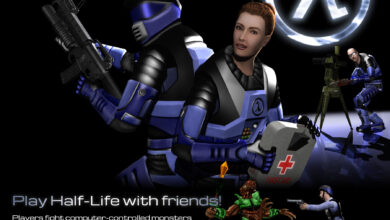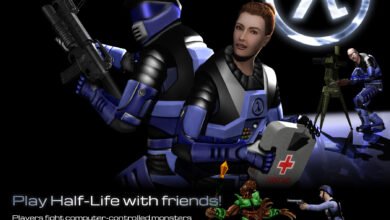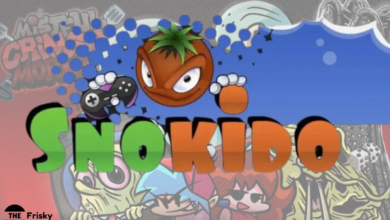Outline for the Long-form Article on “Halo (2003) Game Icons Banners”
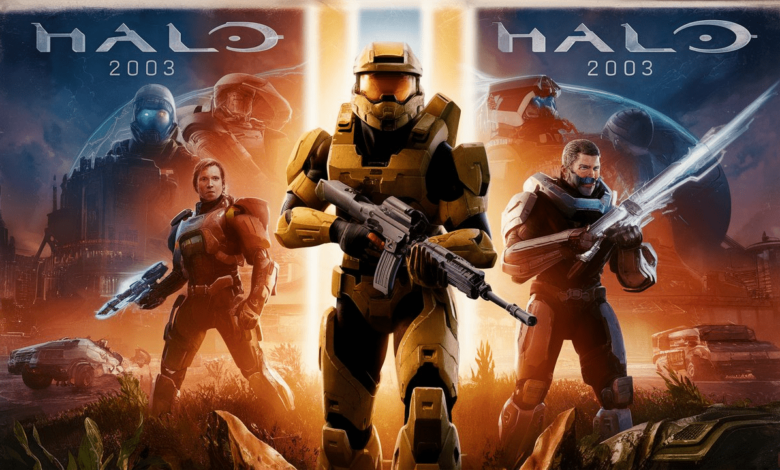
Halo (2003) Game Icons Banners: The Ultimate Guide
Explore the iconic elements of Halo (2003) Game, focusing on game icons and banners, their design, impact, and legacy in the gaming world.
Introduction
“Halo: Combat Evolved,” released in 2003, revolutionized the first-person shooter genre and left an Halo (2003) Game indelible mark on the gaming industry. One of its most distinctive features is the use of game icons and banners, which play a crucial role in the gameplay experience and community engagement. This article delves into the history, design, and impact of these visual elements in “Halo (2003).”
History of Halo (2003)
Developed by Bungie and published by Microsoft, “Halo (2003) Game: Combat Evolved” debuted on the original Xbox console in 2001 and quickly became a cornerstone of modern gaming. The game was later released on PC in 2003, broadening its reach and solidifying its status as a classic. The development process was marked by innovation, with Bungie creating a rich, immersive universe that captivated players worldwide.
Gameplay Overview
“Halo (2003)” offers a compelling mix of single-player and multiplayer experiences. In the single-player campaign, players assume the role of Master Chief, a super soldier fighting to save humanity from the Covenant, an alien alliance .Halo (2003) Game game features robust mechanics, including fluid combat, strategic use of weapons and vehicles, and a gripping storyline. Multiplayer mode, a key component of “Halo (2003),” introduced innovative features such as split-screen play and LAN parties, fostering a strong community.
Iconic Elements of Halo (2003)
The game is renowned for its iconic characters, weapons, and vehicles. Master Chief, the game’s protagonist, is instantly recognizable, as are the various alien species that make up the Covenant.Halo (2003) Game Weapons like the MA5B Assault Rifle and the Plasma Pistol have become staples of the series. Vehicles, including the Warthog and the Ghost, are essential to the gameplay experience, adding layers of strategy and excitement.
Role of Icons and Banners
Icons and banners in “Halo (2003)” serve more than just aesthetic purposes .Halo (2003) Game They enhance the gaming experience by providing visual cues and reinforcing the game’s lore. In multiplayer, these elements help identify teams, signal achievements, and create a sense of identity and camaraderie among players.
Design of Icons
The design of icons in “Halo (2003)” is a testament to Bungie’s attention to detail. Each icon is crafted to be visually distinct and meaningful, often drawing inspiration from military insignia and science fiction motifs. The use of color, shape, and symbolism helps convey information quickly and effectively to players.
Types of Icons in Halo (2003)
Icons in “Halo (2003)” can be categorized into several types:
- Character Icons: Representing key characters like Master Chief and Cortana.
- Weapon Icons: Indicating different types of weapons available in the game.
- Vehicle Icons: Identifying various vehicles, crucial for strategic gameplay.
Design of Banners
Banners in “Halo (2003)” are designed to be both functional and visually appealing. They represent teams, clans, and achievements, often featuring bold colors and striking designs. The aesthetic of the banners complements the game’s futuristic and militaristic themes.
Types of Banners in Halo (2003)
Different banners serve distinct purposes within the game:
- Multiplayer Banners: Used to identify different teams during multiplayer matches.
- Clan Banners: Representing player clans, fostering a sense of community and competition.
- Achievement Banners: Awarded for specific in-game accomplishments, adding a layer of prestige.
Evolution of Icons and Banners
Over time, the design of icons and banners has evolved, reflecting changes in technology and artistic trends. Subsequent Halo games have built upon the foundations laid by “Halo (2003),” introducing more sophisticated and varied visual elements while maintaining a connection to the original designs.
Community Engagement
The Halo community has embraced the customization of icons and banners, creating their own versions and sharing them online. Fan creations often blend original designs with personal touches, showcasing the creativity and dedication of the player base.
Marketing and Branding
Icons and banners have also played a significant role in the marketing and branding of the Halo franchise. These visual elements are used in promotional materials, merchandise, and events, helping to create a cohesive and recognizable brand identity.
Cultural Impact
The influence of “Halo (2003)” extends beyond the gaming world. Its icons and banners have become cultural symbols, recognized even by those who may not have played the game. This cultural penetration underscores the game’s lasting impact and legacy.
Technical Aspects
Implementing icons and banners in “Halo (2003)” involved intricate technical work. The graphics needed to be clear and scalable, ensuring they looked good on different screens and in various contexts. Compatibility with the game’s engine and hardware capabilities was also a critical consideration.
Halo (2003) Game Mods
The modding community has been active in creating modifications for “Halo (2003),” including custom icons and banners. These mods allow players to personalize their gaming experience and keep the game fresh and exciting.
Comparisons with Other Games
When compared to other games of its time, “Halo (2003)” stands out for its innovative use of icons and banners. While many games feature these elements, few integrate them as seamlessly and effectively into both gameplay and community engagement.
Icon and Banner Collection
In “Halo (2003),” players can collect various icons and banners through gameplay achievements. These collectibles add an extra layer of motivation and reward, encouraging players to explore all aspects of the game.
Merchandise and Memorabilia
The popularity of “Halo (2003)” has led to a wide range of merchandise and memorabilia, including items featuring the game’s iconic symbols. Fans can purchase posters, apparel, and other collectibles, further cementing the game’s place in popular culture.
Legacy of Halo (2003)
The legacy of “Halo (2003)” is profound, influencing countless games and inspiring a generation of players and developers. Its innovative use of icons and banners has become a benchmark in game design, illustrating how visual elements can enhance storytelling and player engagement.
Frequently Asked Questions
What are the most iconic symbols in Halo (2003)? The most iconic symbols include the UNSC logo, the Covenant insignia, and the Master Chief’s helmet.
How can I unlock new banners in Halo (2003)? New banners can be unlocked by completing specific in-game achievements and milestones.
Are there any community-made icons and banners available? Yes, the Halo community has created numerous custom icons and banners, many of which can be found on modding websites and forums.
What role do banners play in multiplayer mode? Banners in multiplayer mode help identify teams, represent clans, and showcase player achievements.
How have icons and banners evolved in subsequent Halo games? Icons and banners have become more detailed and varied in later Halo games, with advancements in graphics technology and design trends influencing their development.
Where can I find official Halo merchandise? Official Halo merchandise can be found on the franchise’s website, as well as on major retail platforms like Amazon and GameStop.
Conclusion
“Halo (2003)” remains a landmark in gaming history, with its icons and banners playing a significant role in its enduring popularity. These visual elements not only enhance the gameplay experience but also contribute to the game’s rich lore and community spirit. As we look back on “Halo (2003),” it’s clear that its legacy will continue to inspire and influence the gaming world for years to come.
Outline for the Long-form Article on “Halo (2003) Game Icons Banners”
